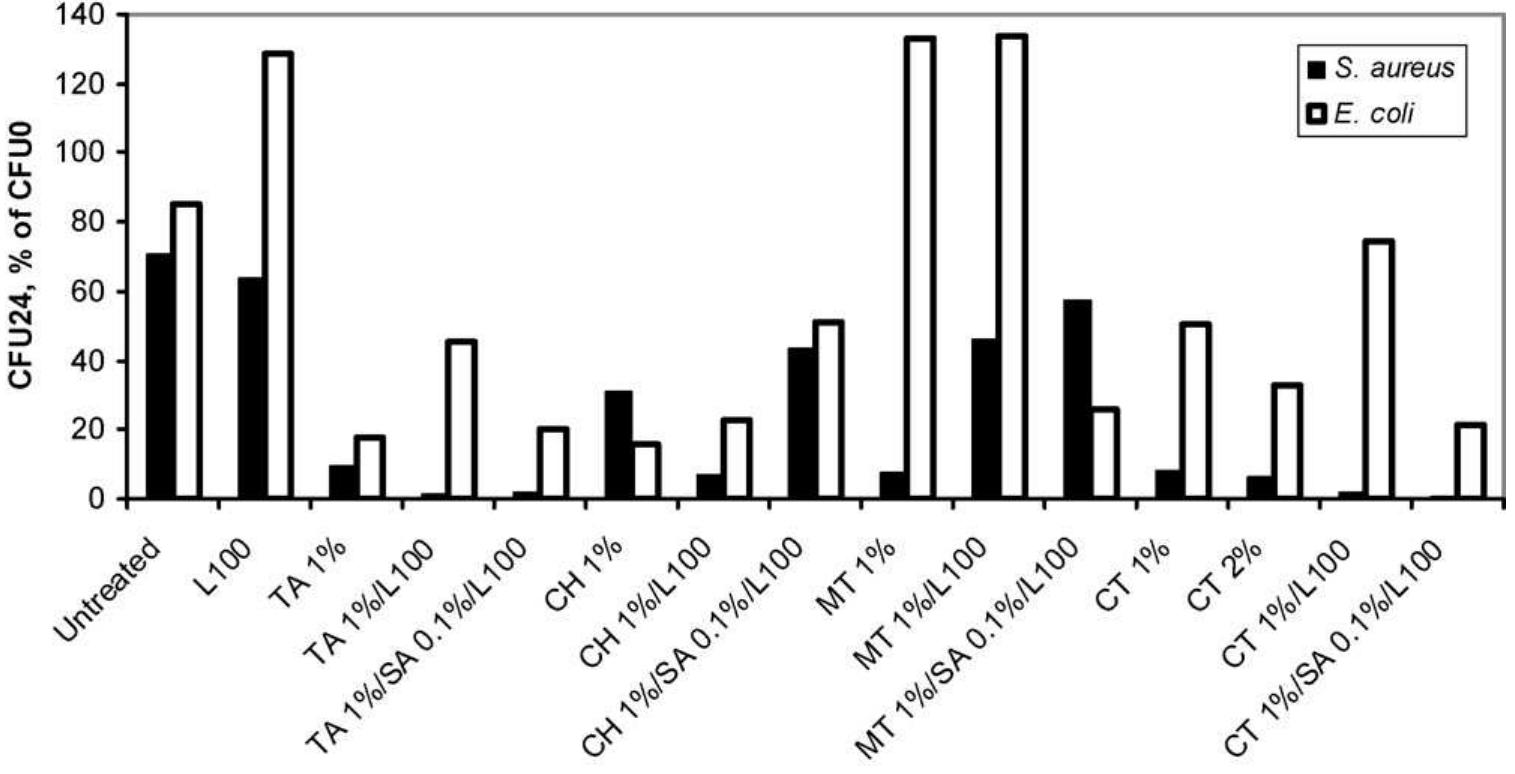Key research themes
1. How can kraft pulping be optimized for enhanced hemicellulose recovery and integrated biorefinery applications?
This research area focuses on developing multifunctional kraft pulping processes that allow selective removal and recovery of hemicelluloses and other carbohydrates, which are typically degraded into low-molecular-weight acids during conventional pulping. It is crucial for advancing kraft pulping from a single product paper pulp operation to a biorefinery concept that produces multiple valuable products alongside pulp, enhancing resource efficiency and economic viability.
2. What factors influence impregnation efficiency and pulp yield in kraft pulping of softwood, and how can they be optimized?
This theme investigates how varying alkali concentration during impregnation stages affects alkali penetration, delignification selectivity, and ultimately pulp yield and quality in softwood kraft pulping. Efficient impregnation minimizes internal chip gradients, reduces yield losses due to polysaccharide degradation, and promotes homogeneous cooking. Research aims to identify operational conditions that enhance alkali diffusion and deacetylation while controlling chemical degradation mechanisms to improve process performance.
3. How do fiber properties, microstructural defects (dislocations), and ionic forms affect fiber cleavage, refining, and strength in kraft pulp processing?
This research area addresses the structural integrity of kraft pulp fibers, focusing on dislocations as weak points prone to cleavage during chemical and enzymatic treatments. It examines how treatments like hydrochloric acid and cellulases cleave fibers differently based on microstructural defects, influencing fiber length distribution and paper strength. Furthermore, the impact of the ionic form of fibers (Na+, H+, Ca2+) on refining efficiency, fibrillation behavior, and fiber network strength is evaluated to optimize mechanical pulping operations.












































